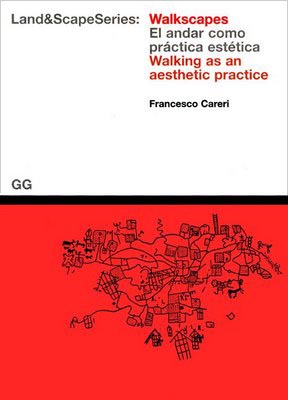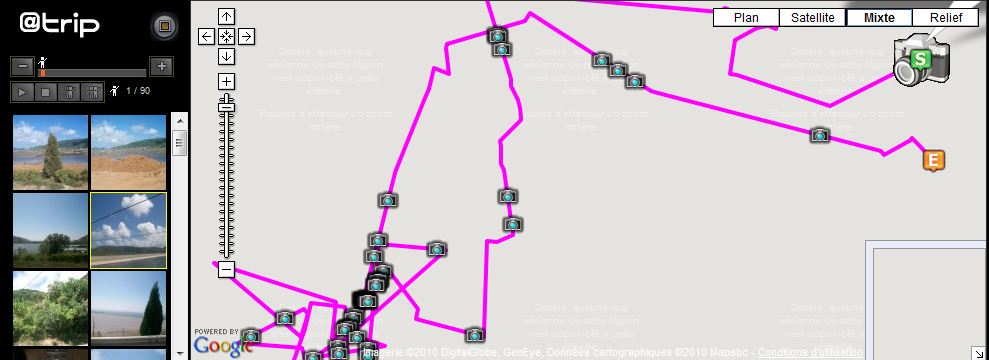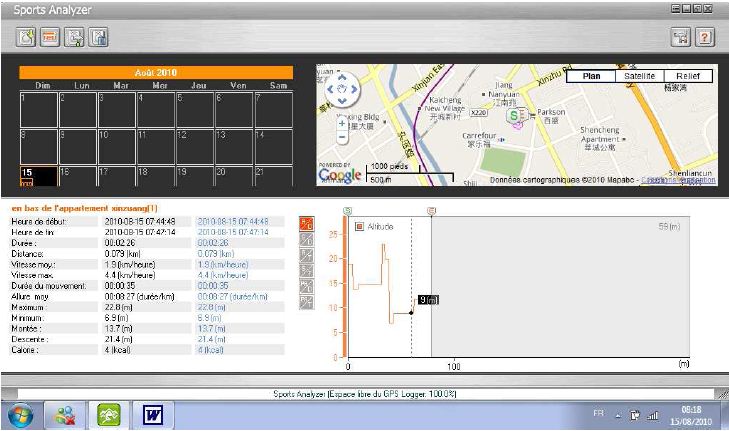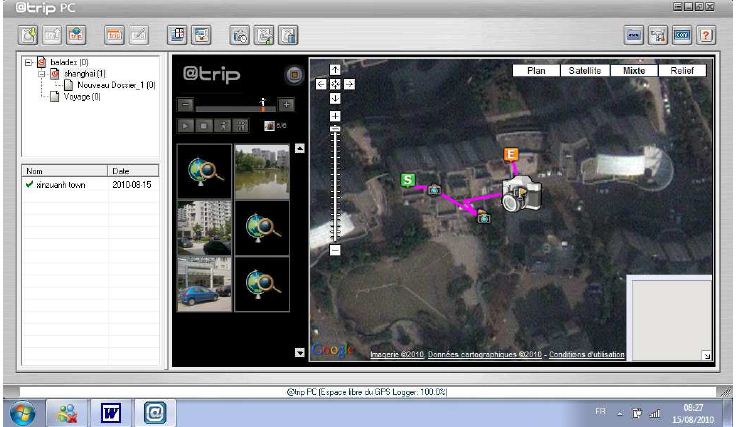Francesco Careri, Walkscapes, walking as an aesthetic practice, Barcelona, 2002. Land&Scape series. Spanish/English

«Walkscapes deals with strolling as an architecture of landscape. Walking as an autonomous form of art, a primary act in the symbolic transformation of the territory, an aesthetic instrument of knowledge and a physical transformation of the « negociated » space, which is converted into an urban intervention. From primitive contemplation to Dada and Surrealism, frome the Lettrist to the Situationist International, and from Minimalism to Land Art, this book narrates the perception of landscape through a history of the traversed city.» 4e de couverture
Morceaux choisis
Gilles A. Tiberghien, «Nomad city», pp.15-16
«The « marches » was the name traditionally given to territories situated at the confines of a territory, at the edges of its borders. Walking [la marche] also designates a shifting (déplacée) limit, which is nothing other, in fact, than what’s called a frontier. The latter always goes hand to hand with fringes, intermediary spaces, with underterminable contours that can only really be made out (établies) when travelling through them. It’s walking, too, which makes the internal frontiers of the city evident: which, by identifying it, reveals the zone. Whence the beautiful title Walkscape, which stresses (souligne) the revelatory power of this dynamism mobilizing the entire body —social as well as individual,— in order to then transform the mind of he who knows how to look. Such an enterprise has a genuine « political » stake (enjeu)—in the primal sense of the word—, a way of keeping art, urbanism and the social project at an equal, and sufficient, distance from each other in order to effectively illuminate these empty spaces we have such need of to live well.»













